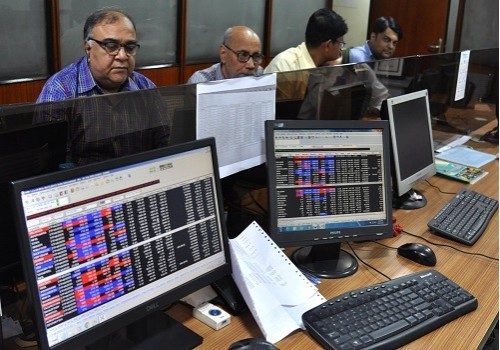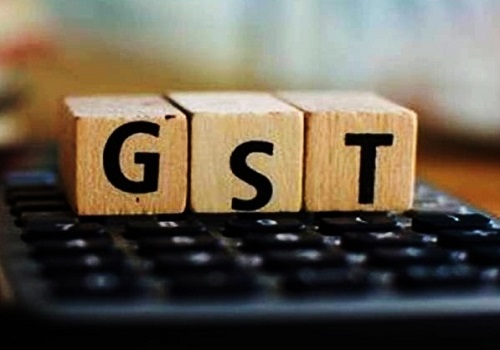Opinion | India needs more women parliamentarians
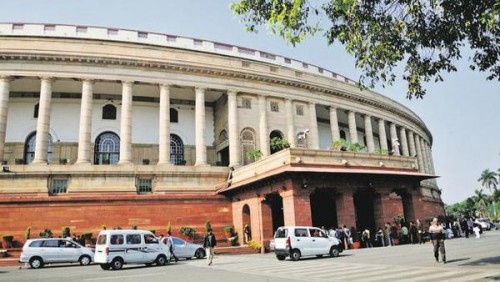
Follow us Now on Telegram ! Get daily 10 - 12 important updates on Business, Finance and Investment. Join our Telegram Channel
Now Get InvestmentGuruIndia.com news on WhatsApp. Click Here To Know More
The 16th Lok Sabha ended its final session last week. Elections for the 17th Lok Sabha will probably be announced in early March and will span the months of April and May. The political buzz is all about vote shares, seats, coalitions and on who will be prime minister. There is no attention being paid to the number of women in Parliament.
India ranks 153 out of 190 nations in the percentage of women in the lower house of world parliaments. According to a list compiled by the Inter-Parliamentary Union, Rwanda ranks first with 61% of its lower house representatives being women. As a region, Nordic countries are leaders with an average of about 40%. The UK and the US are relative laggards with 32% and 23%, respectively. The United States’ current tally, though still moderate, is bolstered by a very strong showing by women in the recent congressional elections. Even Pakistan with 20% participation from women is ahead of India. India had 65 women out of 545 members of Parliament (MPs) elected to the 16th Lok Sabha in May 2014, for a 12% representation. Only the 15th and 16th Lok Sabha changed a previously stagnant representation of under 9% recorded by Indian women MPs since Independence.
Does it matter? It does, on at least two counts. First, the Indian system has electoral representation to the Lok Sabha based on population. Thus, Uttar Pradesh with a population of over 200 million people has 80 MPs, Bihar with a population of 100 million has 40 seats and Maharashtra with a population of 114 million has 48. Four of the north-eastern states—Nagaland, Mizoram, Meghalaya and Sikkim—have only one seat each. Uttar Pradesh shows a better than national average representation of 17.5% (14 MPs) by women, while Maharashtra has the national average of 12.5% (6 seats) and Bihar is much below the national average at 7.9% (3 seats). While we allocate total seats to states by population, the resultant women’s representation at 12% is far below the actual population of women. So, on grounds of fairness, this is an anomaly. A fully representative Parliament allows the different experiences of genders to craft priorities and shape the economic and social future of a democratic society.
Second, there is documented evidence both at the international level and at the gram panchayat (village) level to suggest that a greater representation of women in elected office balances the process and prioritizations that elected bodies focus on. A wide range of international studies have focused on policy style, agenda and outcomes. In terms of policy styles, for instance, the inclusion of women adds behind the scenes discussion rather than direct confrontation on the floor of the House. In terms of agenda (as measured in Rwanda), a wider range of family issues get tackled. That said, for national parliaments there is no conclusive evidence yet that policy outcomes are different. In an influential paper, Esther Duflo and Raghabendra Chattopadhyay (NBER Working Paper 8615) show that in a randomised trial in West Bengal, women pradhans (heads of village panchayats) focus on infrastructure that is relevant to the needs of rural women, suggesting that at least at the local level outcomes can be different.
If you are persuaded that we need more women in Parliament, can anything be done about it?
Solutions usually take three forms: (1) quotas for women in Parliament; (2) reservation for women in political parties; (3) awareness, education and role modelling that encourage women towards politics. The 73rd and 74th amendments to the Indian Constitution reserve one-third of local body seats for women. Reservation for one-third of the seats for women in the Lok Sabha has been tabled as a bill several times until as recently as 2008. Each time the bill has lapsed. The idea, which requires a constitutional amendment, is controversial, with both men and women supporting and opposing it. Implementation is complex as constituencies may have to be rotated and/or we may need dual member constituencies. Around the world, more countries follow the second idea of reservation in political parties. Sweden, Norway, Canada, the UK and France are examples.
I believe India should have an Election Commission-led effort to encourage reservation for women in political parties. While this does not provide any assurance about the number of women parliamentarians, it does allow for a more meritocratic and less complex method of moving the ball forward. Reservation in political parties will also require education, encouragement, and role-modelling for women to aspire to a political role as it is in the party’s interest to ensure that their candidate wins. Political reservation for women should not be confused with reservation for other reasons—caste, class or religion—as this complicates and derails the discussion.
India has had a long-serving woman prime minister and several women chief ministers and speakers of the House. Yet its record of women parliamentarians is woefully poor. For a balanced future for the country, it behoves us to debate and agree on how to change this.
PS: Kamaladevi Chattopadhyay was the first Indian woman to contest an election. Influenced by Irish-Indian suffragist Margaret Cousins and by Mahatma Gandhi, she was a strong voice for a woman’s right to elect and be elected.





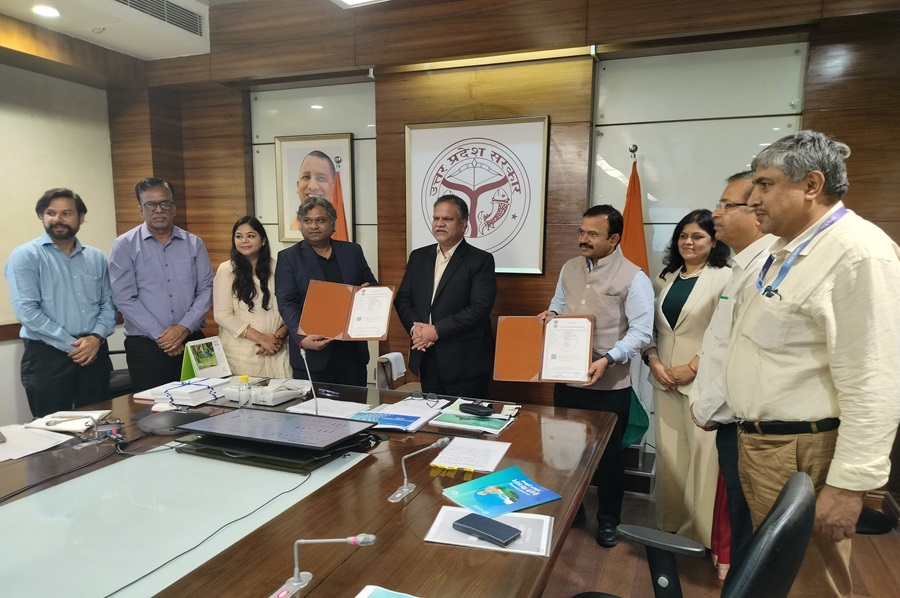
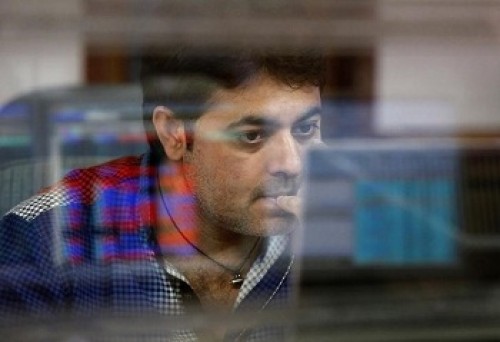


Tag News

We anticipate immense potential benefits from the upcoming Sovereign Gold Bond Tranche in FY...

